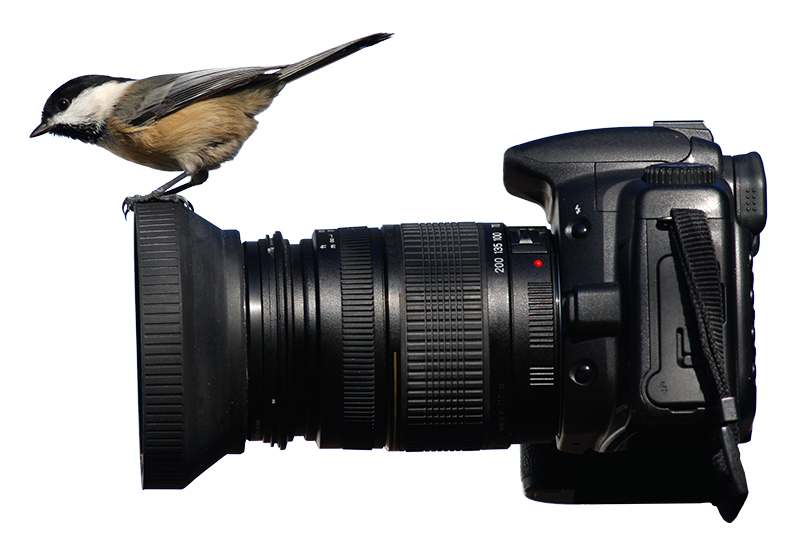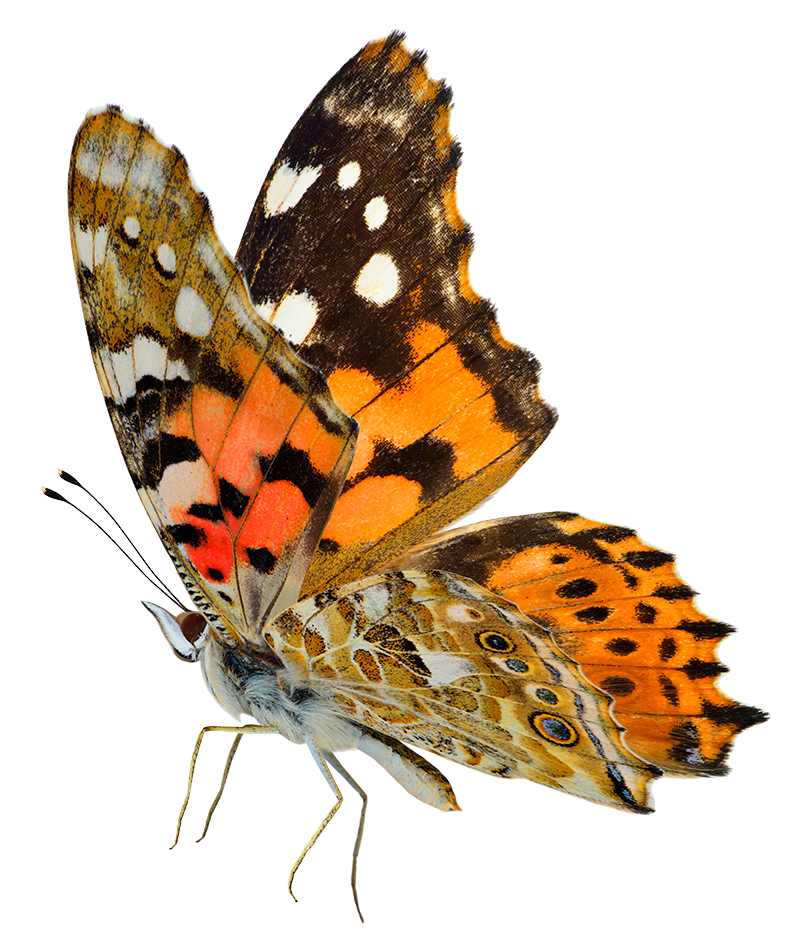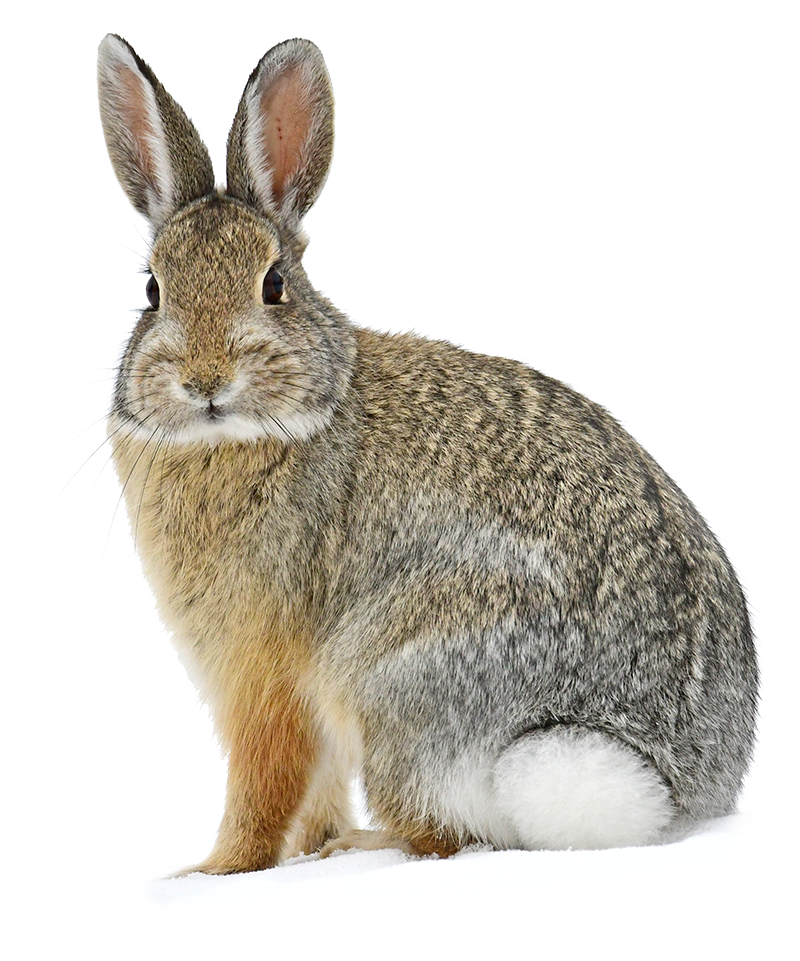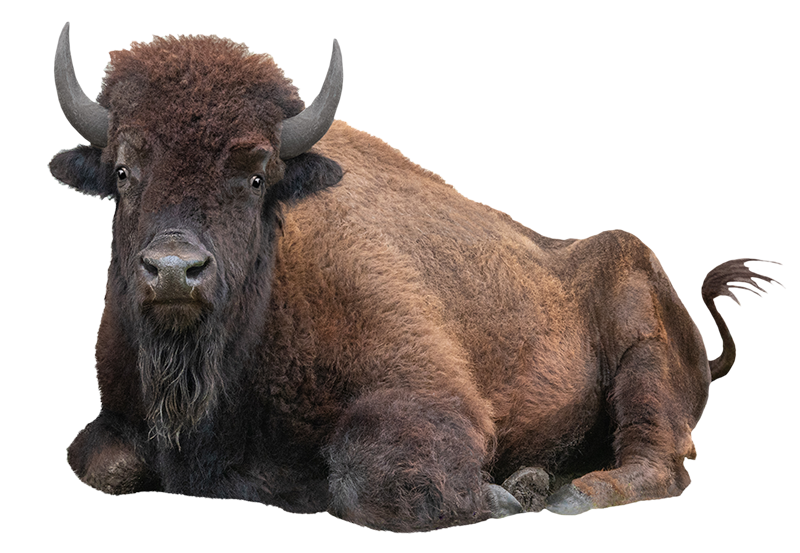Nature Photography Guide
Photography is an excellent hobby for anyone who loves to immerse themselves in nature. It forces you to slow down and rewards you with a deeper connection and appreciation of the natural world.
Like many hobbies, photography can be pursued at various levels. Many people start by taking snapshots with their phone, which is a great way to begin. But if you get the photo bug, you’ll soon want to do more than simply record what you saw. This guide is designed to help you do just that. We’ll work through the steps needed to achieve images of high quality (i.e., proper exposure and sharpness). Then we'll explore the creative side of photography, which is the secret sauce for transforming good photos into outstanding photos. The emphasis throughout will be on nature photography, including both landscapes and wildlife, with plenty of example photos provided.
Nailing the Exposure
Proper exposure is the starting point of a good photo, and in this section we will review the steps involved. If you are already familiar with setting the aperture, shutter speed, and ISO, you can safely skip this section.
Maximizing Sharpness
Image sharpness is a critical attribute of high-quality photographs. There are several processes that affect sharpness and we will examine each in turn, paying particular attention to the challenges inherent in nature photography.
Wildlife Photography
In this section we will explore the creative aspects of wildlife photography.
Landscape Photography
In this section we will explore the creative aspects of landscape photographing.
Post Processing
Many photographers resist the idea of spending time in front of a computer processing photos; however, it can make a major difference in the quality of the images you produce. In this section, we walk through the key steps.
More Information
Find out where to go for additional guidance on photography basics and for advanced topics not covered in this guide.






